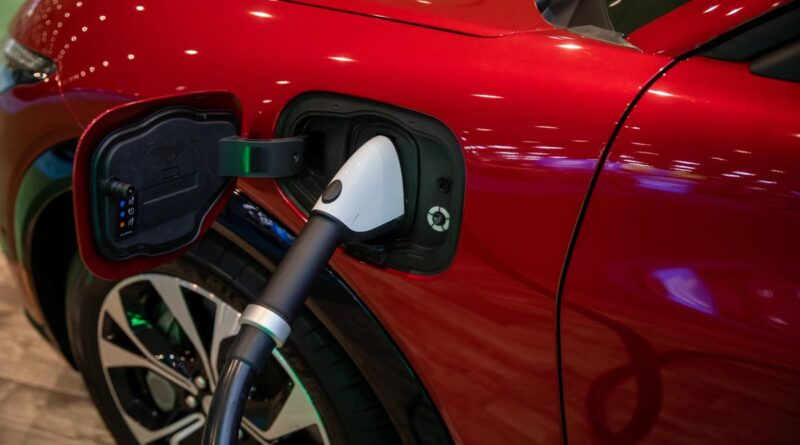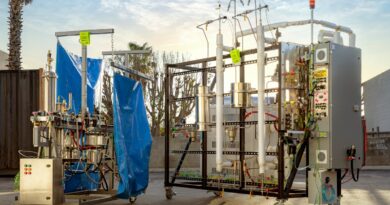Why every EV charging network combined can’t compete with Tesla
It’s no secret that the charging infrastructure for electric vehicles generally sucks.
There are exceptions, of course: Tesla has it pretty well figured out, and some highly trafficked corridors are well covered. But overall, the state of fast charging, which can replenish usable amounts of range in 30 minutes or less, isn’t great.
There are plenty of reasons why. Most chargers are located in massive parking lots, usually in a forgotten corner with little in the way of amenities for EV drivers. The equipment itself is notoriously unreliable, with one study suggesting that about a quarter of all Combined Charging System-compatible (CCS) stalls in the Bay Area are out of service at any given time. While charging speeds are increasing, most chargers aren’t nearly as fast as they need to be.
Some of those problems are easier to swallow than others. But one not mentioned above is a deal breaker: the dearth of available chargers. When they’re in short supply, EV drivers either struggle to find a spot or have to wait in line, sometimes for a while.
It’s widely accepted that Tesla’s Supercharger network is the best. It’s broadly distributed, the chargers are generally reliable, and most importantly, numerous.
That’s in part because Tesla’s fleet is the largest fully electric fleet in the U.S., with around 1.6 million vehicles on the road. It makes sense that their network is also the largest, with 17,551 stalls that charge at 120 kW or greater, according to data from the Department of Energy and Supercharger.info.
Why every EV charging network combined can’t compete with Tesla by Tim De Chant originally published on TechCrunch





